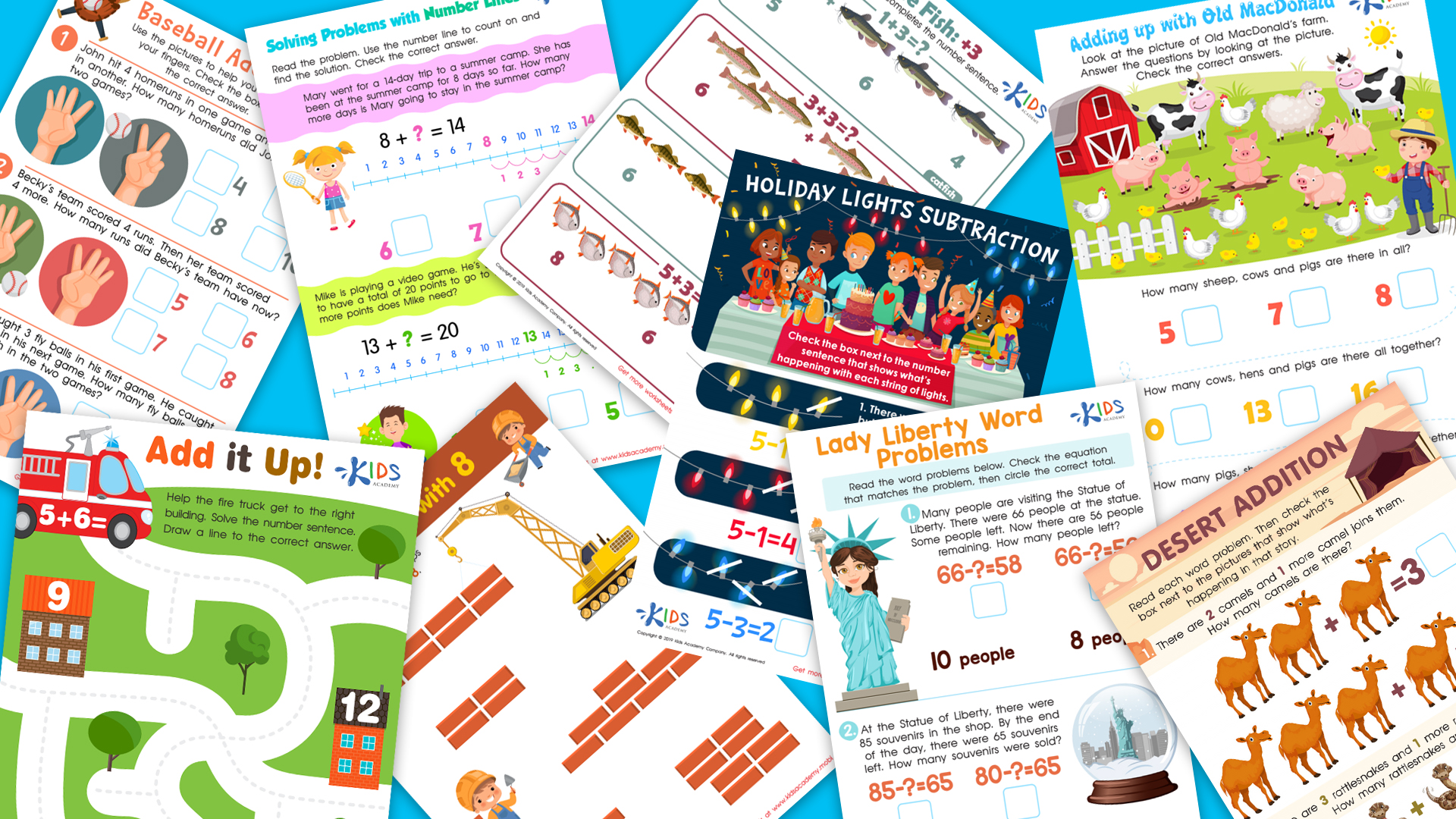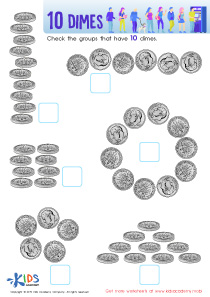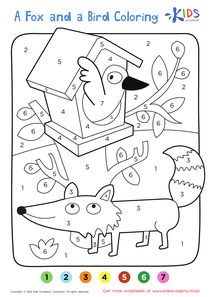1.7 Time, Continuity, and Change worksheets With Answers for Grade 1
11 filtered results
Difficulty Level
Grade
Age
-
From - To
Subject
Activity
Standards
Favorites
With answer key
Interactive
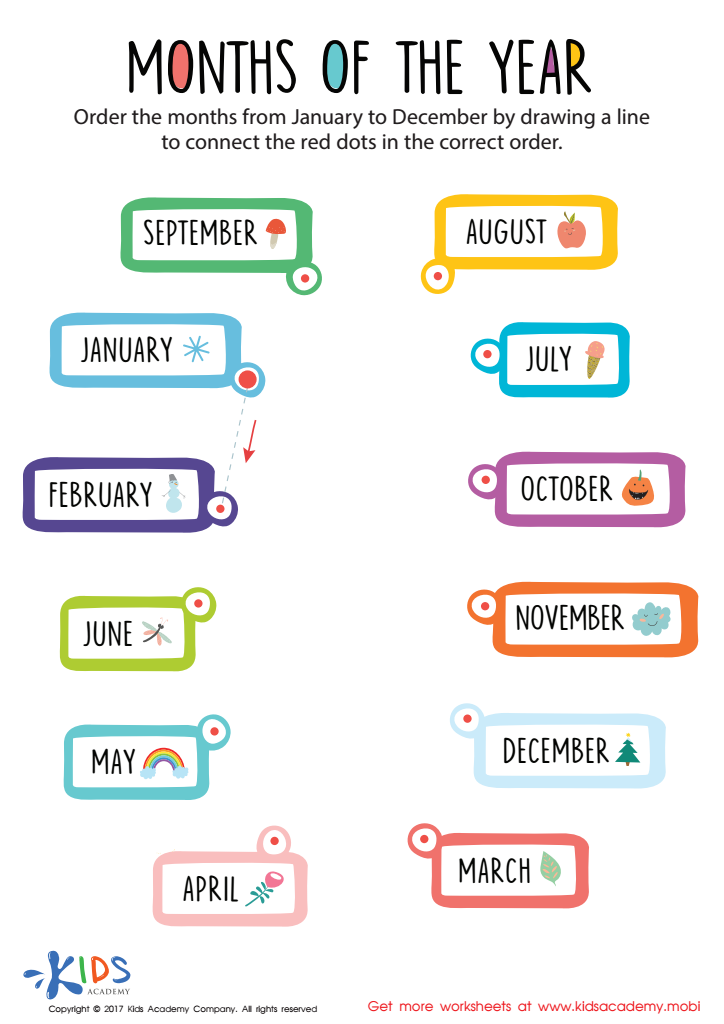

Months of the Year Worksheet
Challenge your child with this months of the year worksheet! Help them remember the yearly calendar by having them connect the dots from January to December. It's a fun way to test their knowledge of the twelve months and sharpen their memory!
Months of the Year Worksheet
Worksheet


Important Years in History Worksheet
Ask your students if they can name any important dates in history. Then, look at the images in the worksheet with them. Read the sentences above each one to them and have them trace a line to the year when the event occurred.
Important Years in History Worksheet
Worksheet
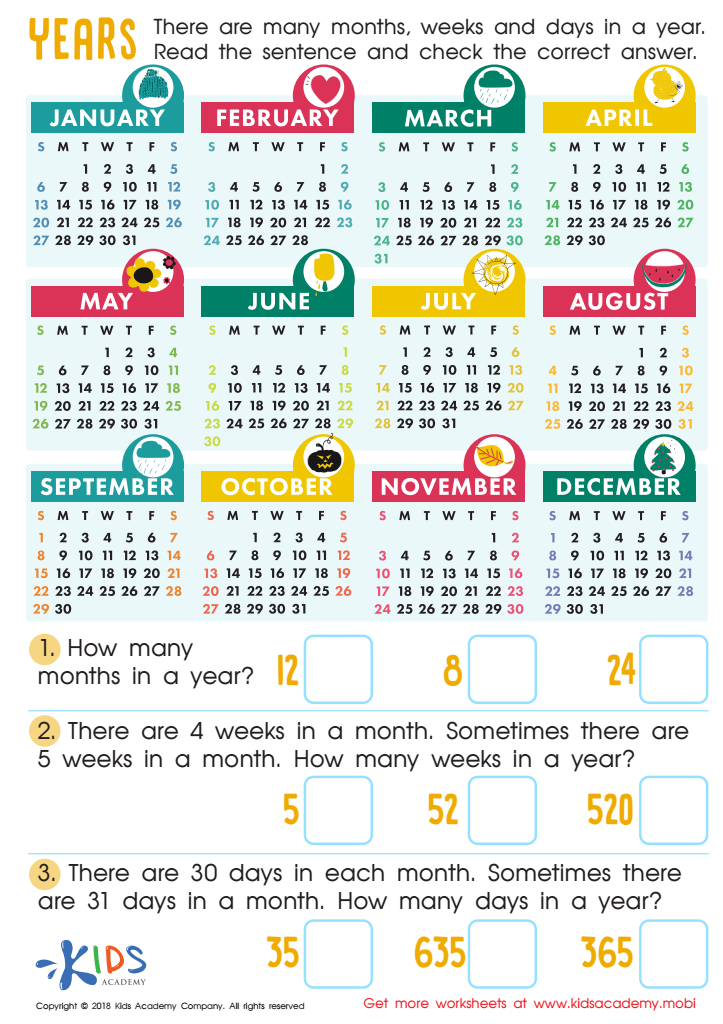

Years Worksheet
This worksheet is a great way to test your children's knowledge of the calendar. Ask them if they can name the days of the week and months in a year. Read and discuss the questions with them and help them find the right answers. Encourage them to check their answers.
Years Worksheet
Worksheet
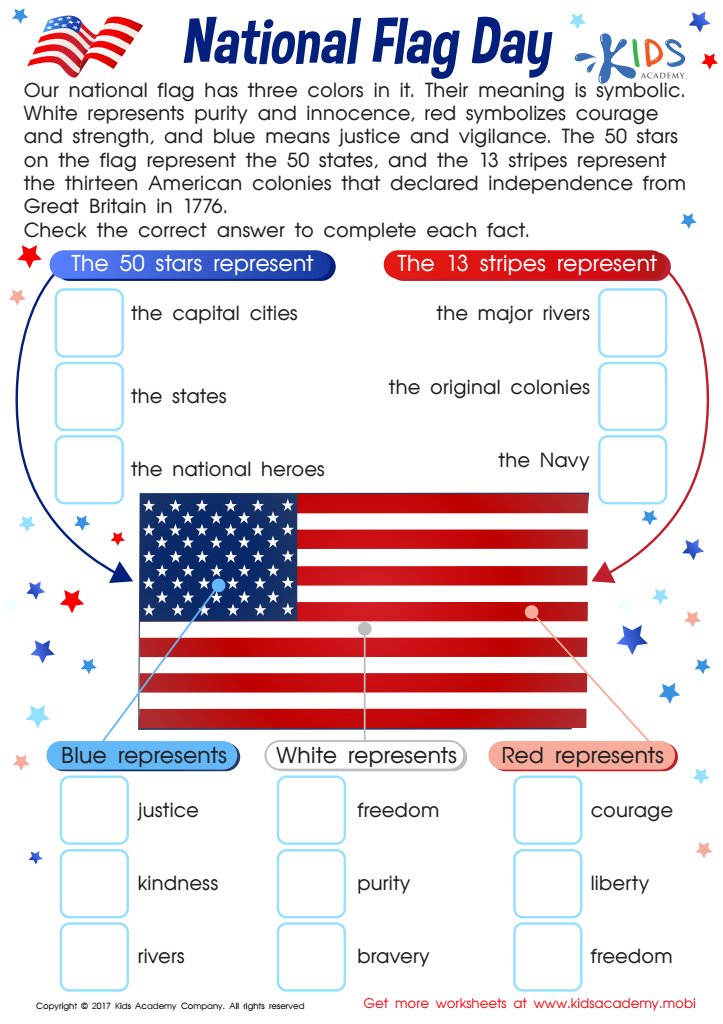

US National Flag Day Worksheet
Flag Day commemorates our nation's most iconic symbol: the American flag! This worksheet explains all the details, from the stars to the stripes, and helps kids understand the symbolism and importance of the flag. Even though it's not a federal holiday, it's still worth celebrating!
US National Flag Day Worksheet
Worksheet
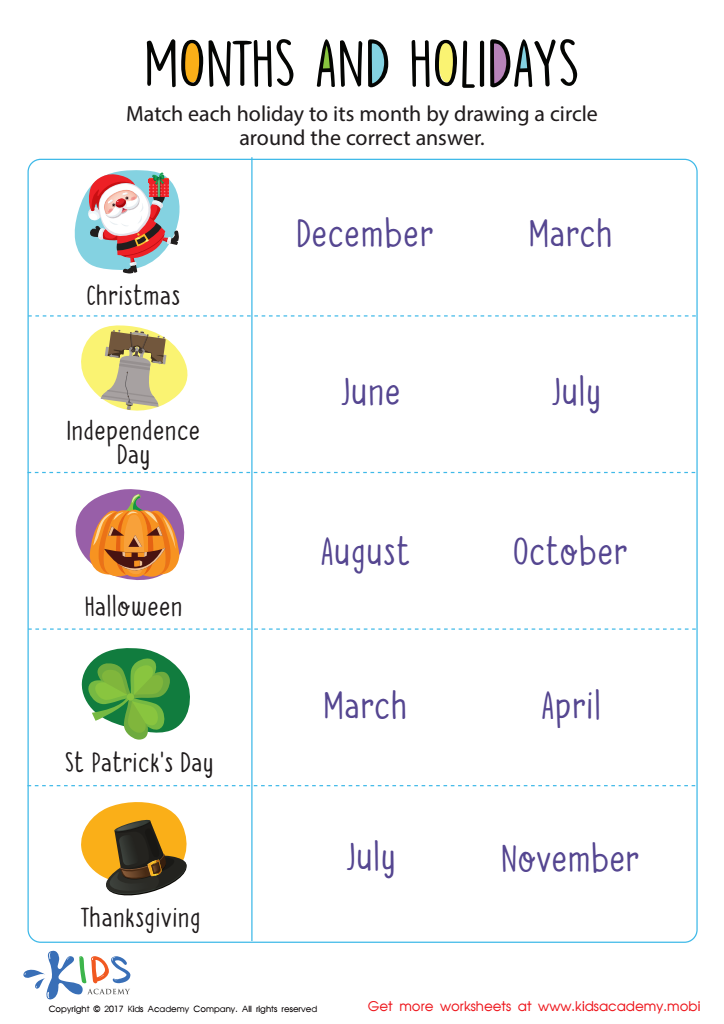

Months and Holidays Worksheet
Kids have fun learning about holidays and the calendar with this PDF worksheet! As they work, they'll connect holiday sights and symbols to their respective months. It's a great way for kids to gain an understanding of the yearly cycle!
Months and Holidays Worksheet
Worksheet


Fourth of July Maze Printable
Help our friend collect all the items related to the Fourth of July. Learn about our country's traditions and American symbols while having fun.
Fourth of July Maze Printable
Worksheet
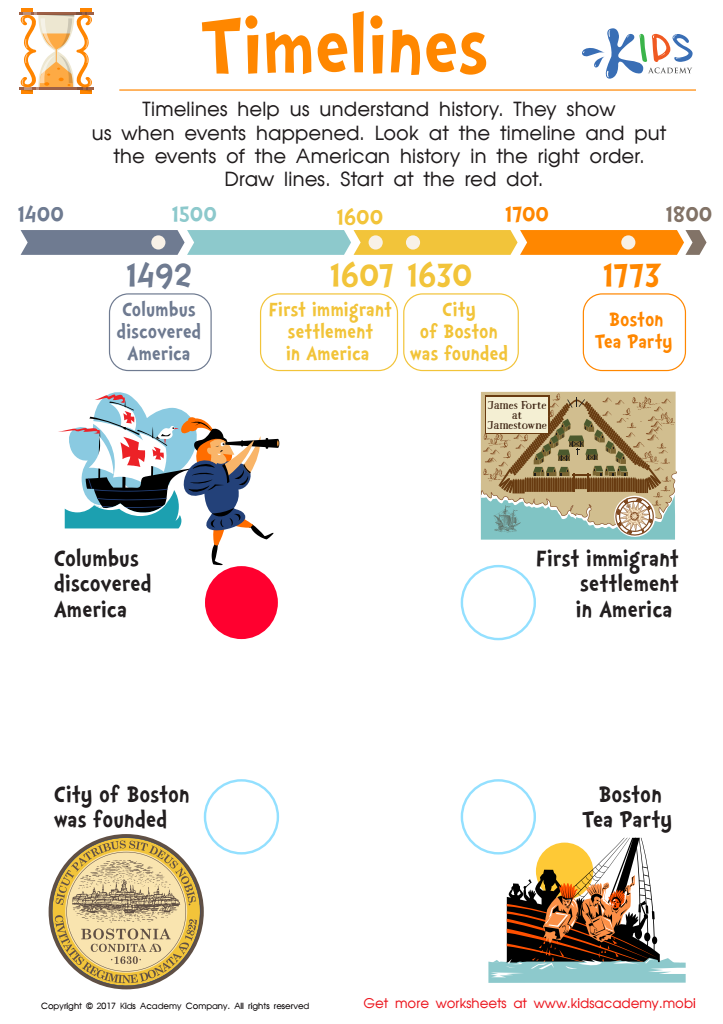

American History Timeline Worksheet
Encourage your child to explore American history with a fun timeline worksheet! It tracks major events in history and helps make sense of the past. It's an easy way to boost their knowledge and further their understanding of a key subject.
American History Timeline Worksheet
Worksheet


Thanksgiving Quiz Worksheet
Help your child learn more about Thanksgiving while improving their non-fiction reading skills with this intriguing quiz worksheet! It will expand their historical and national knowledge, all while providing meaningful context to this important holiday.
Thanksgiving Quiz Worksheet
Worksheet
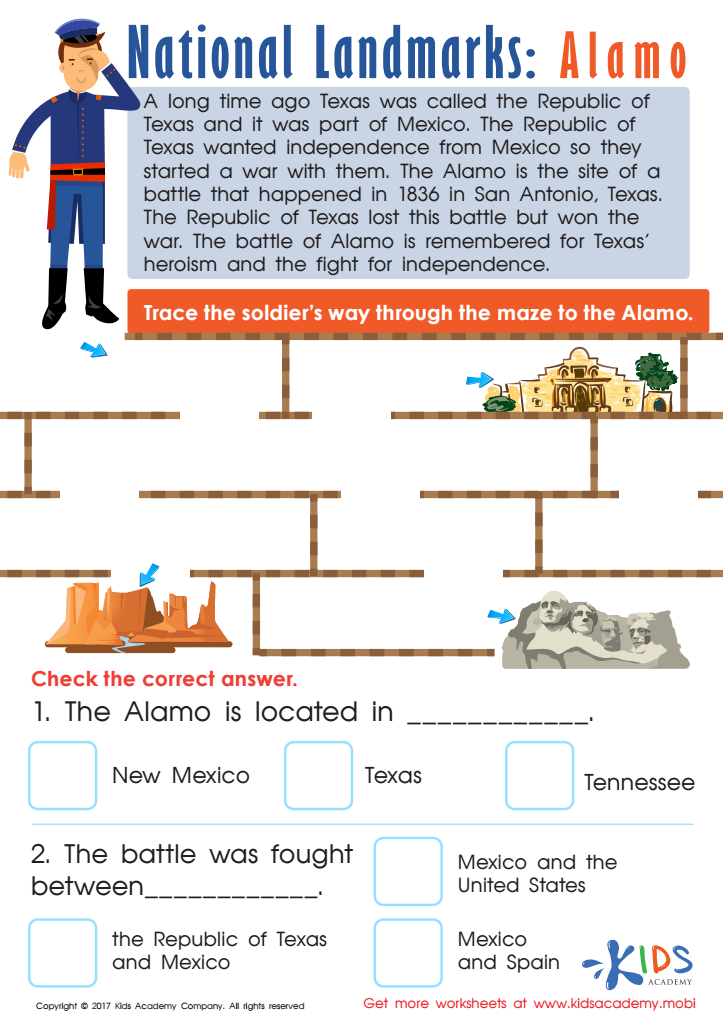

Alamo Printable Worksheet
Take your child on an educational journey to the Alamo! Our printable worksheet offers an interactive maze to explore the Republic of Texas and the fight for independence from Mexico.
Alamo Printable Worksheet
Worksheet


Colonial Times Worksheet
Test your students' knowledge of colonial times with this easy social studies worksheet. Look at the pictures to see how people lived back then. See if your little ones understand what structures they had, what food they ate, and what type of clothing they wore. You might be surprised by how much or how little they know!
Colonial Times Worksheet
Worksheet
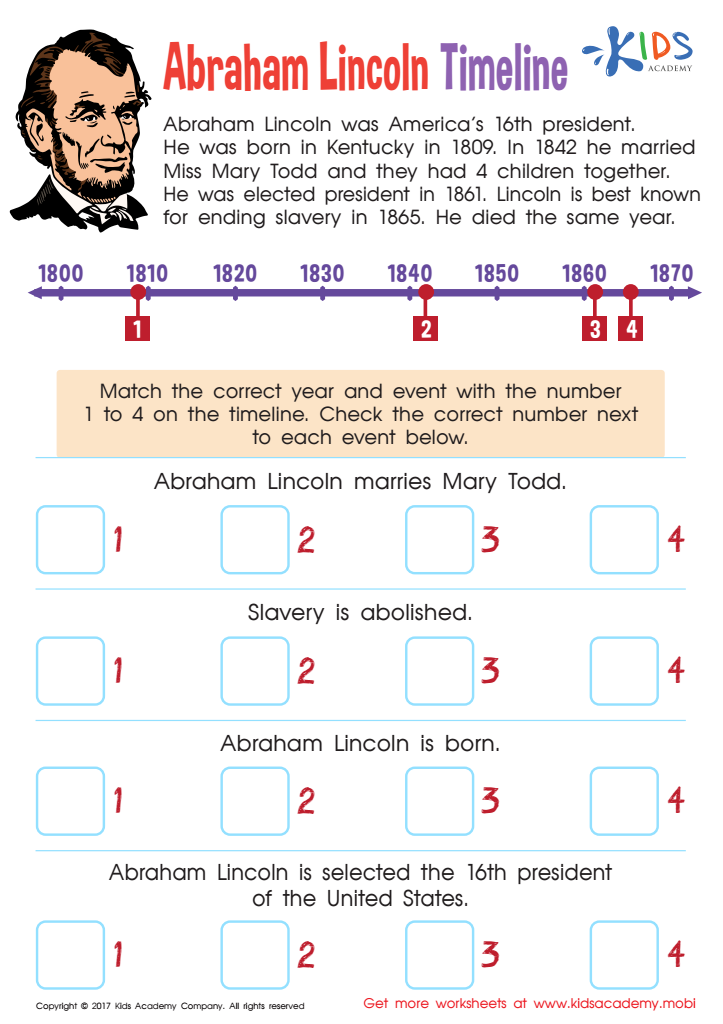

Abraham Lincoln Timeline Worksheet
Revised (76 words): Let's review America's most important president with this Abraham Lincoln timeline worksheet! Kids will read the paragraph and answer the questions using the timeline to increase their reading comprehension skills.
Abraham Lincoln Timeline Worksheet
Worksheet
 Assign to the classroom
Assign to the classroom





